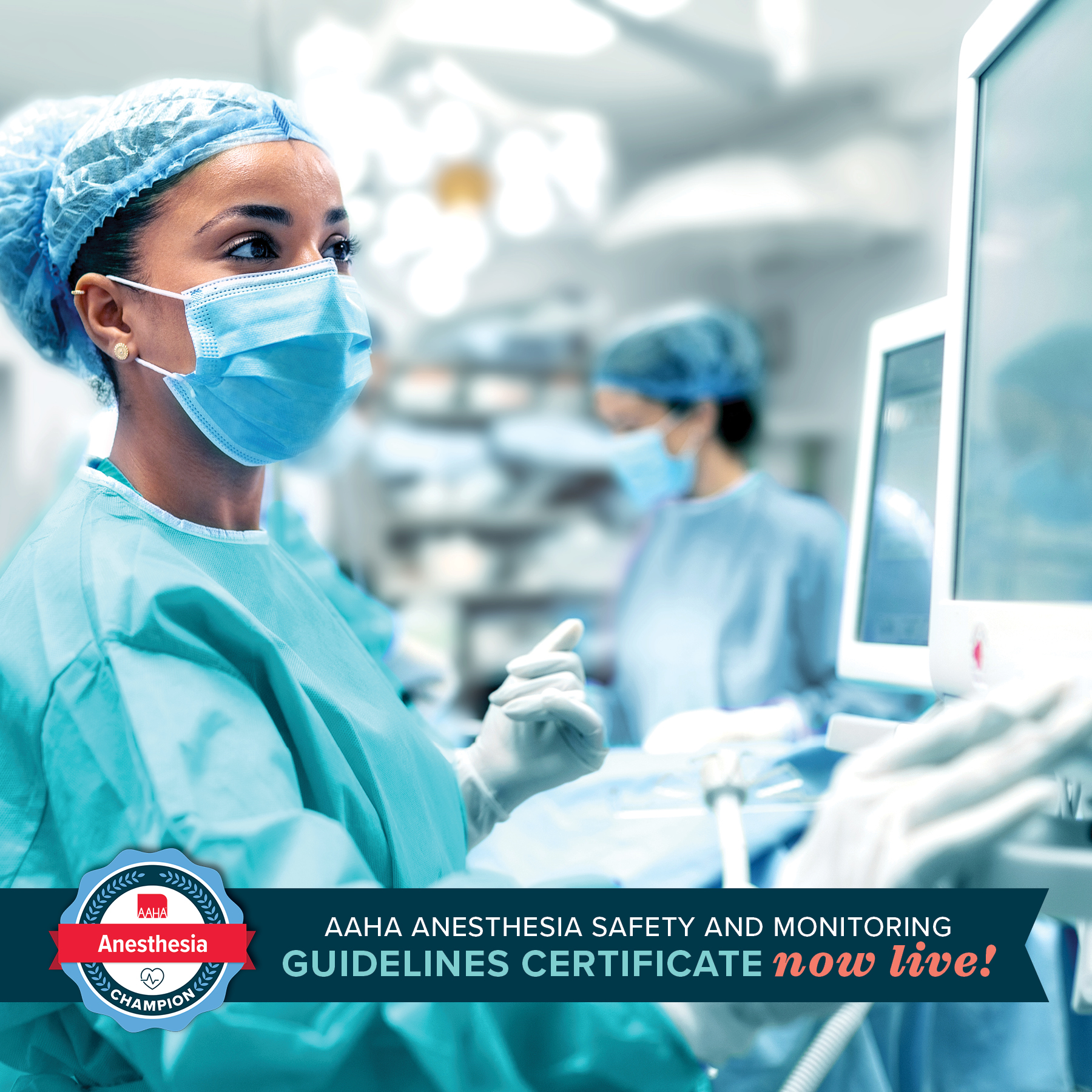Assistance and Therapy Dogs
Assistance dogs serve to assist their handlers, which can be further characterized by their specific roles such as guide dogs, hearing dogs, and mobility assistance dogs. Therapy animals serve to benefit humans other than their handlers in a variety of professional and nonprofessional settings.
The selection process for assistance dogs depends on their role and from where they originated (i.e., a not-for-profit organization versus independently trained). Many nonprofit organizations that train assistance dogs have their own breeding programs. These organizations select the best individuals for breeding based on health, temperament, and trainability. Orthopedic, ophthalmic, and cardiac screening tests are used in combination with breed-appropriate genetic tests to select breeding stock as well as working stock. Temperament evaluations are done at specified times to determine the dogs’ suitability for the type of work they are being raised to perform. Dogs in breeding programs for assistance dog schools may reside at special breeding facilities or be housed with volunteer foster homes or caretakers.
In contrast, therapy dogs can be pet dogs whose owners have enlisted as volunteer therapy teams (AAA), usually under the supervision of a registering AAI organization, or belong to or work with health or human service providers working within the scope of their profession (AAT). These dogs are certified by the registering organization using a standardized behavior evaluation. They should be tested in the working environments in situations they may encounter and demonstrate minimal signs of behavioral stress.34 Therapy dogs should demonstrate good-to-excellent social behavior without concern regarding their own safety or that of the patient and be reliable, predictable, and controllable.35 In addition, they need to be certified as healthy and free of zoonotic diseases by a veterinarian.36,37 Each AAI organization sets its own standards and requirements for therapy team registration, including handler education training and registration fees.
Assistance dogs formally trained through nonprofit organizations are typically raised by volunteers who expose the puppies to as many people, environments, and experiences as possible to help ensure calm, confident puppies.38 The puppies should experience the challenges of everyday life such as crowds of people, playing children, other dogs, varieties of surface, elevators, and stairways. These puppies should learn how to ignore common distractions. Additionally, they should be comfortable traveling to different environments (from rural settings to busy city streets) and remain relaxed when receiving care and restraint (daily grooming and veterinary visits). Formal intensive and specific training begins when dogs return to the training facilities after puppy raising.
No specific training is mandated for pet dogs to become therapy dogs because a calm temperament and social personality are more critical aspects of therapy animal standards. However, therapy dogs often undergo basic obedience training, such as the American Kennel Club’s Canine Good Citizen, to prepare for the specific behavior evaluation administered by the individual AAI organization.39 In addition, many dogs will have advanced skills training for specific tailored tasks that meet identified goals in AAT. It is critical that the handler receive basic education training in zoonotic disease management and monitoring the therapy dog for stress behaviors.28,29
Assistance dogs are invaluable because they enable individuals with disabilities to carry on with simple everyday tasks and address life threatening medical situations. These dogs enable at-risk individuals to function effectively in order to lead happier, healthier, more productive lives and serve as their handlers’ lifelines and connection to the public.
While therapy dogs are pet dogs that bring joy and benefits to those that they visit, the handler/owner also benefits greatly from the bond. The relationship between dog and handler is likely strengthened because of the additional time and energy the handler spends with the therapy dog during these activities. In addition, the handler and dog derive their identity by volunteering as a team, a partnership that brings about a sense of pride and joy by making a difference in the lives of others.
Assistance dogs work in a wide variety of environments because they are permitted in almost all public locations where handlers go, including public transportation. Therapy dogs also work in a wide variety of environments that have been preapproved by facilities and AAI organizations. In contrast to assistance dogs, therapy dogs do not have public access or transportation rights because they are considered to be “pet” animals.







